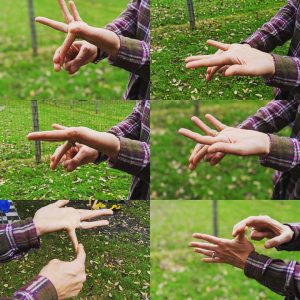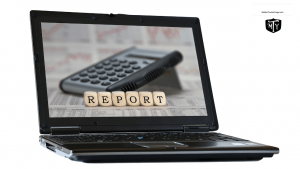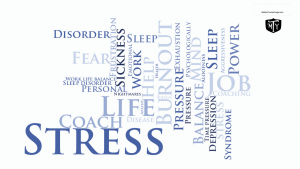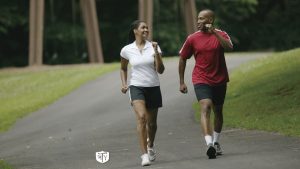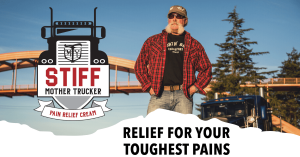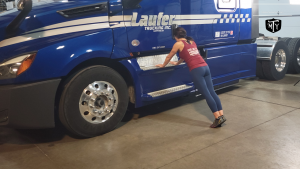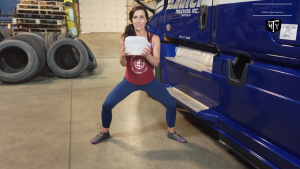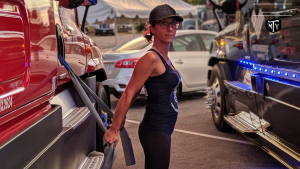3 Valid Reasons To Take Your Driving Posture Seriously
Posture plays a significant role in driving, and unless done right, you risk adding on to the 59% of truckers living with lower back pains. According to research, two out of every three truck drivers will experience spinal injuries at some point. This makes it critical to learn why good posture is necessary. In response to the rising cases of lower back pains among drivers in the US, hospitals and alternative care centers make it a priority to help persons living with this problem get relief. Below are some ways your driving posture affects your road fitness and truck driver workout.
-
To Maintain Normal Spine Curvature.
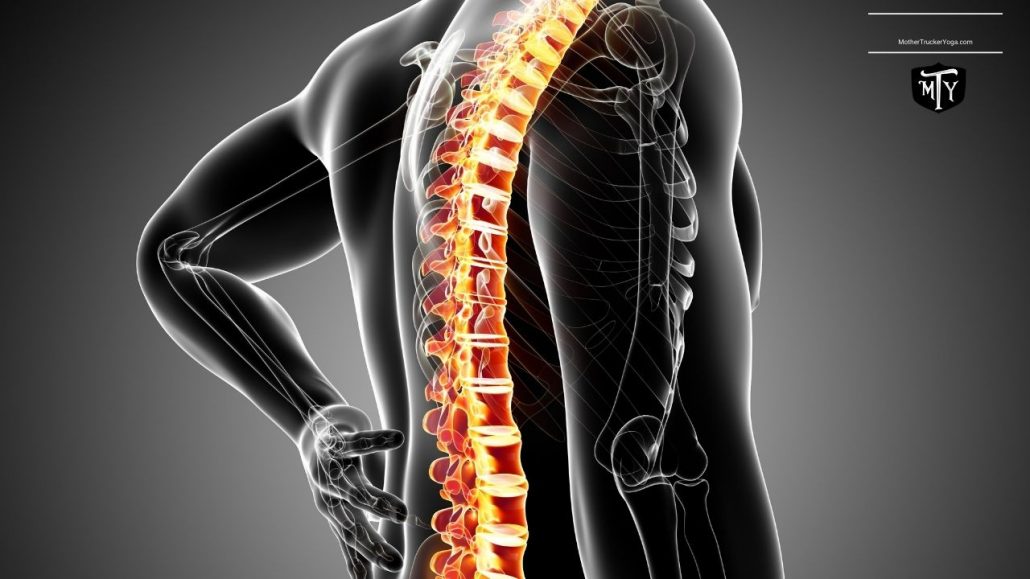
The human spine has three natural curves, with each playing a vital function in the body. Sitting upright without feeling any tension or pressure in any of the three normal spine curvatures behind the wheel is crucial. Unfortunately, it is an occupational risk that most drivers tend to deal with quite too often. After long hours of sitting to drive, your back automatically endures compression. However, knowing this information is critical to help you remain mindful of your back.
Usually, when an unnatural curvature gradually sets in, truckers may find it challenging to maintain their regular driving hours. So, persons who attempt it can experience almost debilitating pain that may require the attention of chiropractors. Therefore, to avoid acute or chronic lower back pain, you can consider investing in a good seat with ample back support to enhance your driving posture.
2. Oxygen Increase
When you slouch to drive, the lungs and diaphragm cannot receive enough oxygen. Medical research has also proven that you could be risking a 30% reduction in your oxygen intake. This means that your blood cells need to contend with the minimal supply, consequently causing premature fatigue. Furthermore, your brain may also be at risk, and you may experience a sudden blackout. This happens because it lacks adequate oxygen to maintain cognitive functions and processes on the road. You may also experience blurry vision, increased heart rate, and confusion. However, in sharp contradiction, keeping a good driving posture on the road helps your lungs expand to their total capacity. You breathe more accessible, with enough room for the diaphragm to function as it should. In essence, adequate oxygen gives more energy and increases mental focus as you drive.
3. Efficient Movement of Upper and Lower Limbs
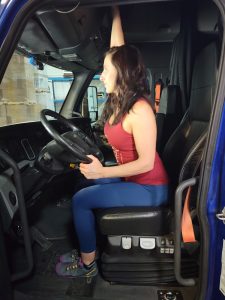
A healthy spine aids the body to move freely without pain or restrictions to the limbs, and this is not just about your truck driver workout; this is about you moving more in your everyday life. When you’re behind the wheel, your arms and legs coordinate to keep the vehicle going. With a good driving posture, you tend to feel flexibility in both shoulders and arms which can help you drive farther longer with less pain. That enables you to negotiate curves on the road without muscle restriction or tension.
On the other hand, a bad posture limits movement and increases friction between the natural spaces in the spine. Consequently, you may feel sharp pains when attempting to flex your arms or legs while driving. This happens because of the several nerves jutting out of the spine and connecting to the limbs.
It is worth noting that your joints, bones, and muscles tend to perform better when you adopt good posture. That has a roll-on effect on your breathing, vision, and cognitive functions. You don’t need to implement a typical truck driver workout to improve your fitness and health. Our suggestion first is to get moving more in your day-to-day life. Move your body- any way you can, you can’t go wrong. There is no wrong way. The only wrong way to move initially is choosing not to move at all.

